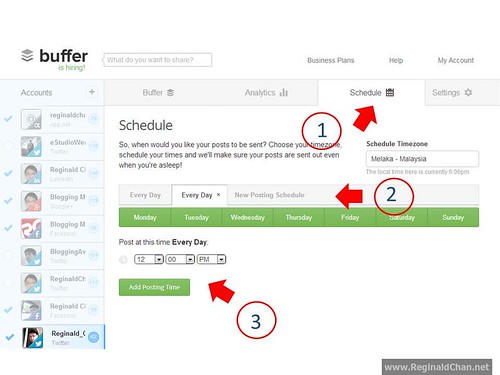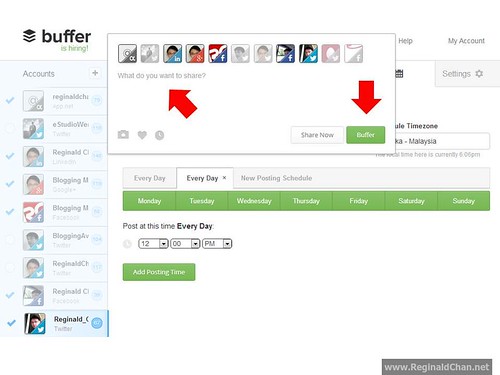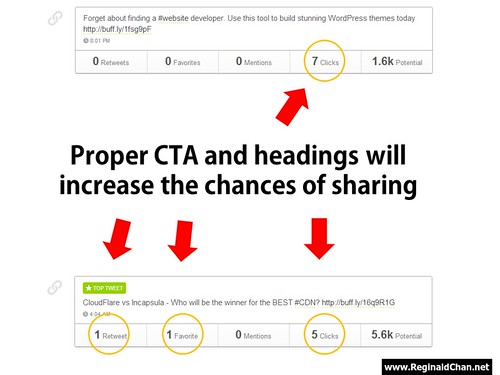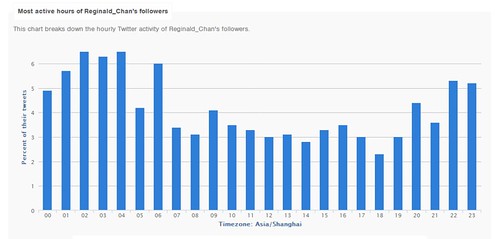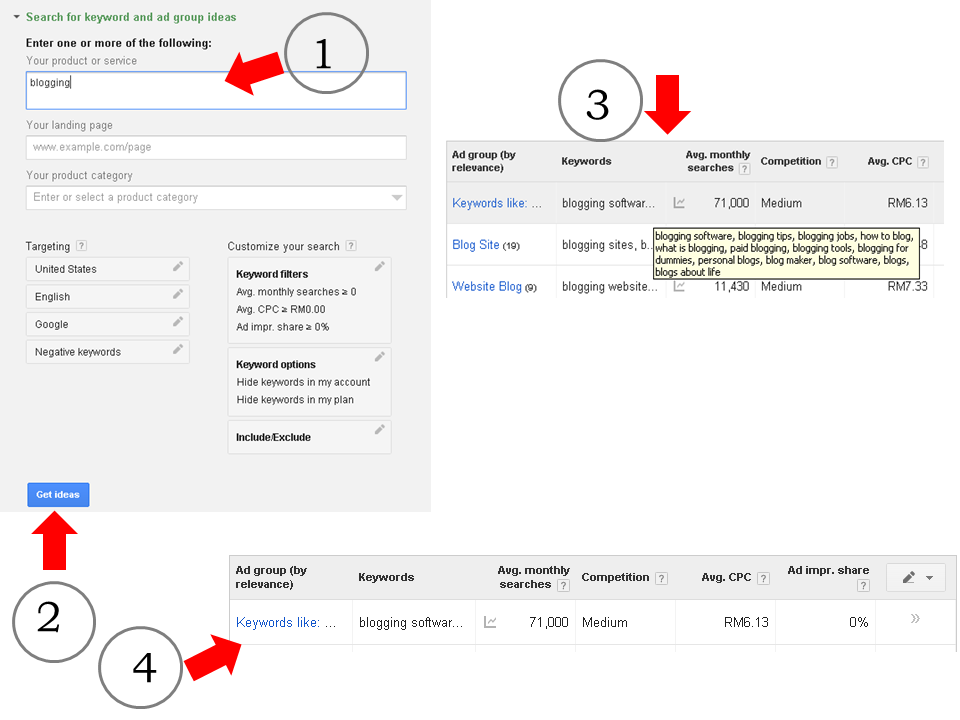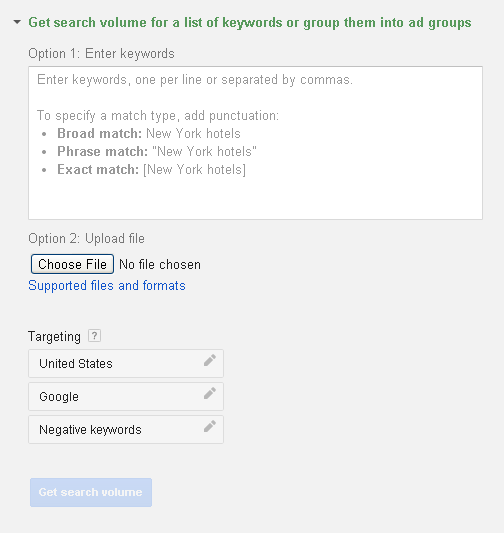If you thought that Google Hummingbird was the only surprise for us, you are terribly wrong. In just a short period of time, Google had released two huge updates (with Google Penguin 2.1 as the latest) which had basically shaken the whole blogging industry.
I cursed and swear at Google as I was hit not once but twice which affected me dearly. Both my affiliate revenue and traffic plunged down the ravine and it certainly felt like it’s the end of the world. Of course, I tried my best and kept the anger under wraps with this post.
Here’s a quick recap of what I think about both the updates:
Google Hummingbird – focused on small sites that are ranking rather well even though they are new
Google Penguin 2.1 – focused on longer and more specific search queries
So, how did Google updates affected my blog?
I lost 50% of my keywords ranking, 75% daily impression count and my earnings was affected so badly.
Yup, it sucks to be me right? Haha!
What do we know about Google Hummingbird?
Google Hummingbird was released from the cage for that one main reason only; Penalizing and slapping hard on sites which are relatively new but are ranking very well.
Most websites that are affected are mainly:
- Less than 1 year old
- Ranking a lot of keywords
- Moderate to low traffic
The above really smells like Google is doing some ‘cleaning up’ on micro niche sites. Frankly, a huge number of micro niche sites experienced between 30 – 70% traffic drop thanks to the Google Hummingbird update.
Why did micro niche sites get affected so badly?
The answer is easy. It is a known fact that most of these sites are ranking well thanks to focusing on keywords only and not facts. Even though no black hat tools are involved, certainly this is definitely not one of those SEO techniques recommended by Google.
Consider this as affecting the balance and ecosystem of search queries.
And it didn’t stop there! Google releases a new update called shortly after.
Read more about Google Hummingbird:
- How Did Google Hummingbird Update Affected My Blog?
- How Will Google Hummingbird Impact Links? Here Are 6 Ways
The wrath of Google Penguin 2.1
Personally, I call Google Penguin 2.1 as ‘the perfect storm’.
For those who missed out what Matt Cutts tweeted on that day, here’s the snippet of it:
Penguin 2.1 launching today. Affects ~1% of searches to a noticeable degree. More info on Penguin: http://t.co/4YSh4sfZQj
‘” Matt Cutts (@mattcutts) October 4, 2013
I read this when I was having my lunch and … I nearly choked on my food.
Google and Matt Cutts said that it was focused on improving search queries and ensure that Google is returning more quality search results. Okay, that part is correct.
However, does it has a hidden agenda behind those words?
Yes, think hard my friend.
When Hummingbird was released, do you remember seeing people’s tweet and Facebook status updates that they are not seeing much traffic lost even though they are running niche sites?
And guess what happened after Google Penguin 2.1 was released. Traffic was scaling down and so does the earning.
More read:
- The New SEO Techniques After Google Updates
- SEO in the Age of Penguin 2.0 and Hummingbird: You’re Doing It Wrong
The secret organic SEO strategies to use after Google Penguin 2.1

I hate Google a lot and this not because of their frequent updates. It is because every time an update take place, I am off to my secret room down the basement and start planning my next SEO blueprint.
I realized that there are probably hundreds of do’s and dont’s on the best SEO techniques after Google Penguin and you are free to follow any of those that deem fit. However, remember that what I am sharing with you below are mostly organic SEO strategies which could have a very positive impact on your blog.
Here are simple list of my recommended organic SEO strategies to counter attack Google Penguin 2.1 and possibly, any other future updates too (if lucky).
If you are still wondering what is organic SEO, I have explained it using the video below:
1. Goodbye PageRank, Page Rank or PR
PageRank is one of the most discussed topic when it comes to SEO. Seriously speaking, we are all thinking too much about it! Yes, even I do too!
Deny all you want people but trust me, PageRank is going down soon.
Currently, PageRank isn’t dead and it is still functional because there are too many algorithms counting on it. Google updates each website’s PageRank on a daily basis (backend) but the information is not shared out to the public.
Sharing this info out will possibly bring millions of dollars in revenue to SEO agencies around the world and indirectly, messing up the whole SEO ecosystem.
Here’s my take: Google will soon remove PageRank and in return, substituting PR with Page Authority (PA) and Domain Authority (DA). Plus, I am expecting this to happen somewhere in 2014 or 2015 latest.
What do you think?
Adesanmi Adedotun wrote an interesting write up and discussion on this and you can check it out here.
2. Hello Domain Authority (DA) and Page Authority (PA)
Both of these have long been in this industry and still, it is very surprising that not many people who actually know about them.
Domain Authority is your root domain score and it is calculated based on the number of links pointing towards it. The higher the authority of that link, the more ‘points’ added to the Domain Authority.
Page Authority on the other hand is the score of your article. The score is calculated exactly like Domain Authority.
Now, do you know that both Domain Authority and Page Authority are inter-related to one another?
For example, having a higher DA score could possibly increase your PA score and vise versa.
Does this makes any sense to you?
Resources:
3. Old school link building technique
Backlink or link building isn’t dead yet. Forget about what other SEO experts are saying.
The more links you are building for your website, the better it would be. However, there’s something seriously important when you are thinking of building links.
You need to focus on two very important factors which are:
- Linking to your domain page (example – https://www.reginaldchan.net) [also known as Domain Authority or DA]
- Linking to your article page (example – https://www.reginaldchan.net/social-engagement-website-traffic-seo) [also known as Page Authority or PA]
Okay, by now your mind should be telling that you NEED to start commenting the hell out of every CommentLuv website you can ever find to get backlink.
Think again guys.
Personally, I comment on every site that I like and enjoy. It doesn’t matter if they are using Disqus, Livefyre or Google+ comment system.
Leaving good comment doesn’t only increase the chance of traffic but as well as getting a indirect link back to your article.
For those who are thinking of using CommentLuv comment plugin, this article will explain to you the advantages and disadvantages of CommentLuv plugin.
Relevant guides:
- Top 8 Link Building Strategies That Work For Search Engines
- Blow Your Competitions Away With SEO Link Building Techniques
4. Confession of a guest blogger
How many of you publish a guest posting just for backlinks? Come on guys, put up your hands.
The truth is, guest posting is a great way to build backlinks. The bigger truth is you aren’t getting a backlink on your guest posting if your writing sucks.
Okay, I am know I might sound bold and straight forward here but hear me out. What’s the point of submitting for a guest posting if you know that you are NOT going to get approved?
You are not only going to waste your time but as well as the editors too.
Now, back to the topic. Guest posting is a good way to build trust and yes, backlinks if you are doing it correctly. The right way for guest posting is to ensure that you are constantly writing quality write ups and be very specific with your anchor texts.
Don’t just focus everything on ‘blogging tips’ or ‘SEO strategies’ for example. Instead, ensure that your links are given a variety of anchor texts.
Secret stash: Important checklists when it comes to guest posting.
5. Could social signal be the next new SEO?
Do you know your articles get ranked better if there are more social shares and engagements?
Reality is that I don’t have the enough data to prove that but through my short experiments done recently, I noticed those articles of mine who receive 100 or 200 social shares get ranked better on search engines compared to the rest.
There are probably tons of websites talking about social signal and the importance of social share as we speak. Personally, I don’t think this is something you should ignore.
So, how do you REALLY get more social shares?
In order to get more social shares, you need to:
- Be more active on social media
- Share more articles of other bloggers or writers
- Build more relationship with others
- This is important … please write something that is worth sharing
When it comes to social media, you do not need to spend all your time on all the social media platforms. Instead, focus on those who gives you the best ROI (return of investment).
Here are a few articles to help you get started:
- The importance of social engagement in the SEO world
- 7 of the best social media platforms for bloggers and corporate world
6. Bill Gates said that “content is king”
You probably hear this saying in nearly every blogging site you came across. The truth is very real and content is more important than ever.
Do you think that you can get better ranks, backlinks and social shares with low quality articles?
Obviously not! In today’s blogging world, you need more than just good content. You need GREAT contents and accompanied by proven facts and data. That is one of the reasons why I have a rather strict guest post requirements.
Just have a look at any of CopyBlogger’s articles. They are sardine packed with facts and proven test results. Well, it is a great tactic since humans are easily attracted to images and stats compared to the plain ol’ wall-of-text.
Writing content is an art and usually, it is called content writing. To be a good blogger, you need to know:
- What your readers are looking for
- The topics and information that could turn heads
- And probably, a killer title too
Anyone can become a great content writer. All you need are a dying passion and burning flame of enthusiasm.
Great resource: Content & Search Engine Success Factors
To recap, this is what organic SEO is all about … in slides!
Popular weapons to build more organic SEO strategies
If your blog is hit or affected by Google Penguin 2.1, it is time that you need to take your SEO to the next level. You may use Yoast SEO for your WordPress but personally, that could only help you that far.
I am talking about precise SEO … SEO tools that are easy to use and possibly, beating most competitors out there.
1. Scribe – Content Optimization Software for Online Marketing
Scribe offers out of the box content optimization that works within seconds. Basically, Scribe SEO (as what it is called) analyzes your keywords, full written article and the whole website itself.
It will then generate a Page Score and Site Score which you can use to further optimize or improve the article.
Scribe SEO doesn’t only analyze your article but the whole website itself. Besides that, Scribe SEO also offers:
- Keyword research (competition and chances of ranking)
- Link building between articles
- Content optimizer to enrich your article by providing relevant suggestions on your post
Scribe SEO is focused to ensure that your articles and websites get a better rank on search engines and dominate the search results. And because of this, Scribe SEO comes with a pretty hefty price tag of $97 per month.
Have a look at what Scribe can do for you (plus a demo video too) or read my write up on ‘The most efficient SEO tool for website optimization‘.
2. SEOPressor – The Best SEO Plugin
I would always consider SEOPressor as a cheaper alternative for Scribe SEO. SEOPressor works in a pretty similar way compared to Scribe SEO and it really makes content optimization easier.
SEOPressor makes content optimization easier thanks to easier and straight forward user interface.
It offers:
- Keyword suggestion
- Keyword density
- Keyword decoration (using bold, italic and H1 to H3 tags)
- Over optimization warning
SEOPressor is a great choice for bloggers especially if you are looking for a SEO tool that has all-in-one package when it comes to optimization.
With the one time payment of $97, SEOPressor makes it easier for you to plan your organic SEO strategies without hassle and with the one-click function, it makes novice bloggers look great when it comes to SEO.
Check out SEOPressor here and sign up for the 14-days free trial.
Share with me your thoughts
I know how much Google Hummingbird and Penguin 2.1 had affected all of you. The biggest question is, what did you do to improve your website ranking? Did you have any organic SEO strategies that you would like to share with us all?












